Competa the ‘pearl of Axarquia’ on the slopes of the Sierras de Almijara in Malaga province, Andalucia
By Nick Nutter | Updated 29 Aug 2022 | Málaga | Villages |
Login to add to YOUR Favourites or Read Later
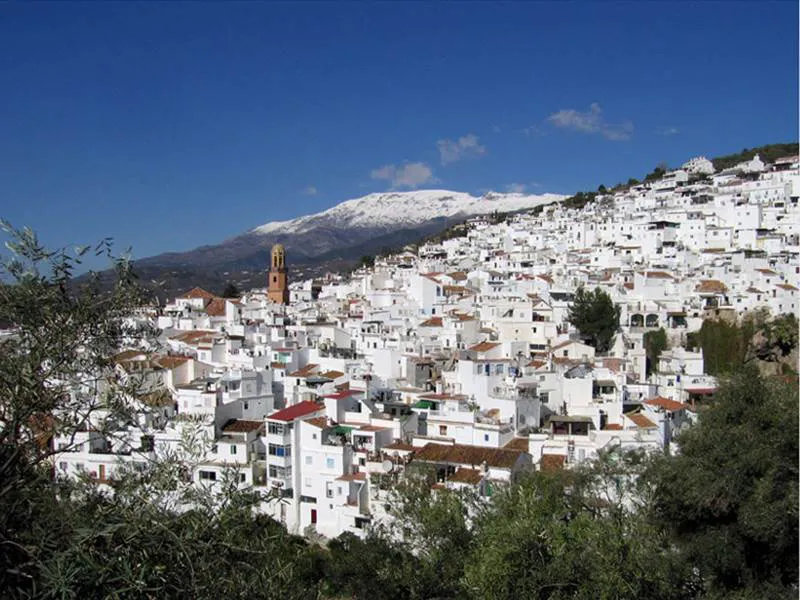
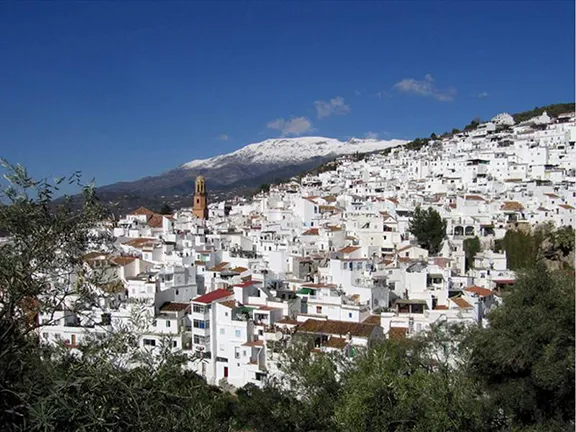
Competa
Cómpeta, the ‘pearl of Axarquia’, sits at over 600 metres above sea level on the southwest facing slopes of the Sierras de Almijara, part of the Sierras de Tejeda, Almijara and Alhama Natural Park in Málaga province. Behind the town, the imposing 2000 metre high mountain of Maroma gives shelter from colder winds during winter and provides a backdrop for one of the most expansive views of the Mediterranean coast. In winter, a scattering of snow on the summit only adds to the ambience.
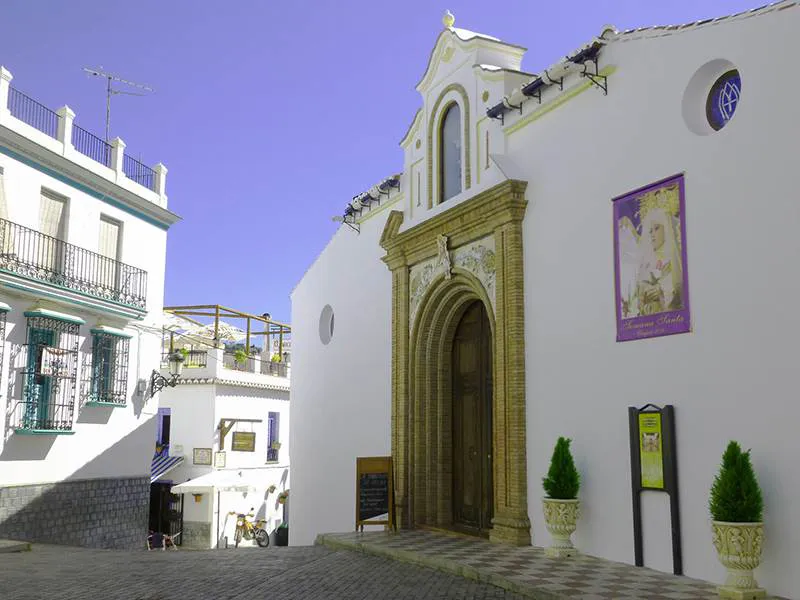
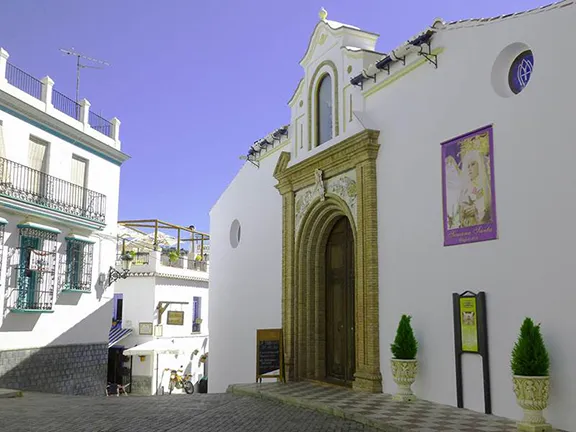
The origins of Cómpeta are unknown. Locally it is thought that the name originates in Roman times when Compita-Orum (that means ‘crossing of roads’), was a trading post set at a crossroads. There is no evidence to support this, however ancient tracks that predate the Roman period, lead from the coastal town of Nerja, through Frigiliana and from Torre del Mar via Sayalonga to Cómpeta. These tracks were used to bring fish inland from the coast.
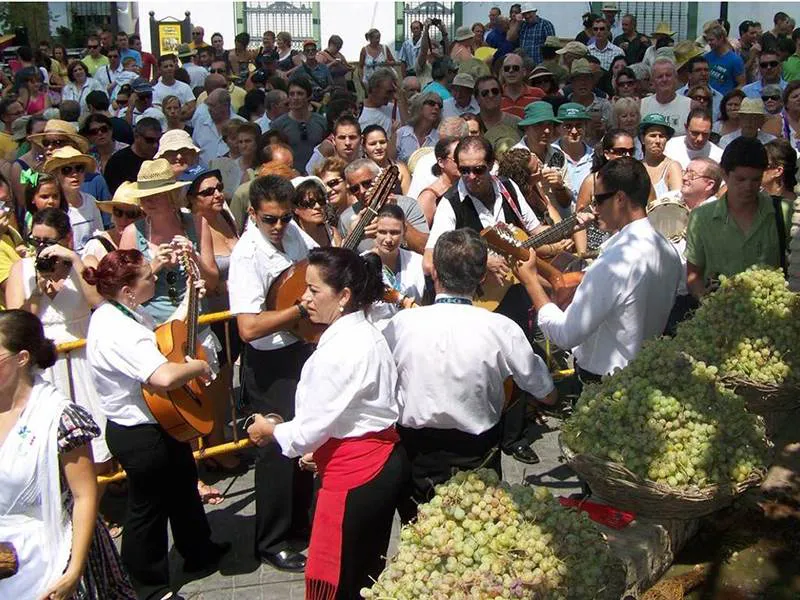
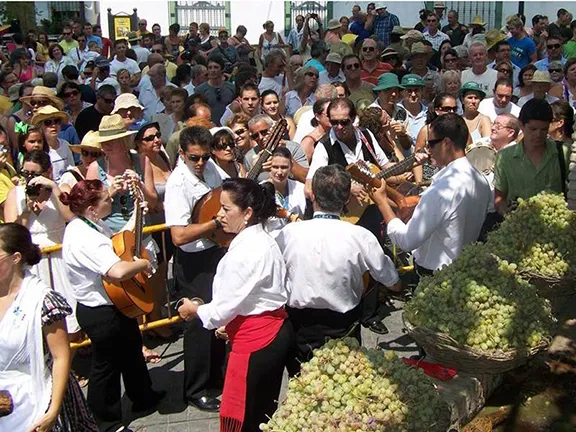
Noche del Vino
Whatever the origins, a village existed in 1487 when, following the capture of Velez Málaga by the Christians, the Morisco residents of Cómpeta paid homage to and petitioned the monarchs to allow them the right to remain in their village. Although this was granted, the rights of Moriscos were continuously eroded until 1567 when Philip II issued his famous Pragmatica. This meant prohibition of all the distinctive Morisco practices: language, clothing, public baths, religious ceremonies, and so on. Moreover, in each place where the Moriscos lived at least a dozen "Old Christians" (i.e. not those who had been supposedly converted) should be installed. Morisco houses were to be inspected on Fridays, Saturdays, and feast-days to ensure that they were not practicing Koranic rites. The heads of household were to be closely watched to ensure that they were setting a good example and their sons were to be taken to Old Castile at the cost of their parents, to be brought up learning Christian customs and forgetting those of their origins.
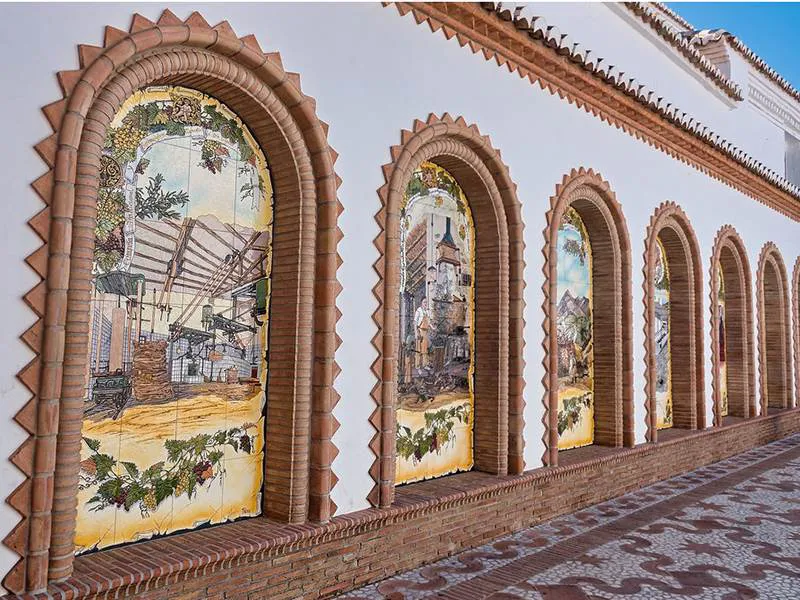
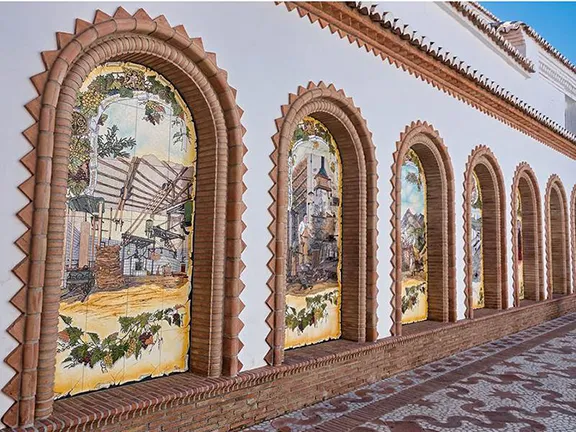
Paseo Tradiciones Competa
The uprising, known as the ‘Rebellion of the Alpujarras’ or the ‘Morisco Revolt’ was a foregone conclusion. Despite the name, the rebellion, that started in Granada in 1568, rapidly spread to the Axarquia region as well as the Alpujarras. It was to have a profound effect on Cómpeta.
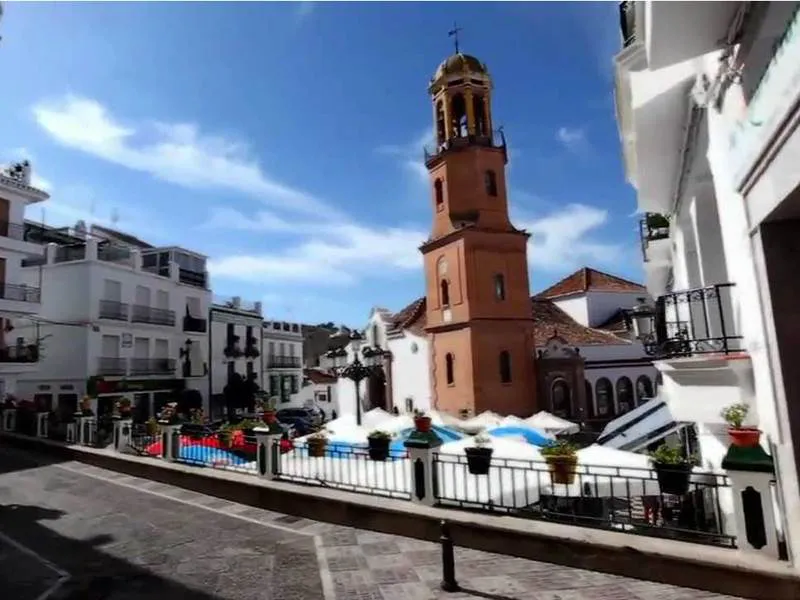
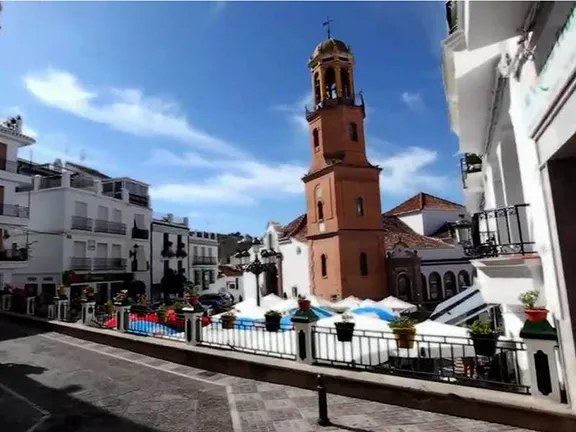
Plaza Almijara
A resident of Cómpeta, Martin Alguacil, led the rebellion in the Axarqui together with Fernando El Darra. They established a stronghold at El Peñon de Frigiliana, where, in May 1569, they managed to repel the first battalions of the forces sent by the governor of Velez-Malaga, Arevalo de Zuarzo. It took reinforcements from Granada, supported by Don Juan of Austria, and hundreds of rebel deaths to finally quash the uprising. The moriscos were expelled from Cómpeta.
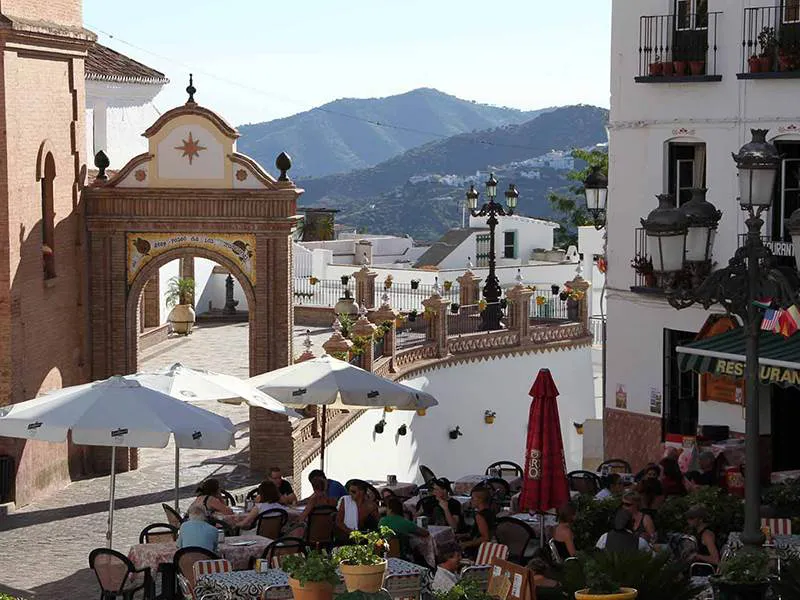
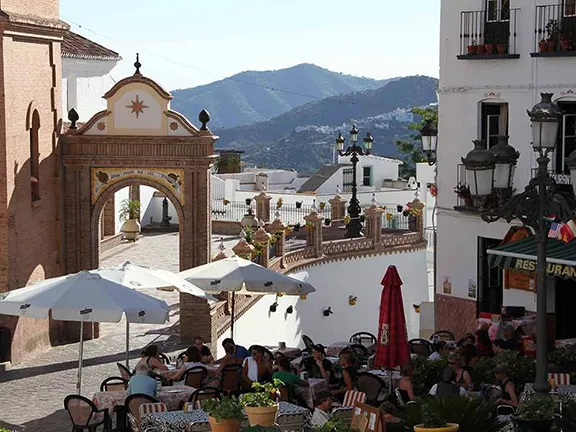
The houses and lands surrounding the village were given to ‘Old Christians’ that were brought in from Seville, Baena and Estepa.
Much of the old part of the town dates from this late Morisco, early Christian period with winding, narrow, cobbled streets and small whitewashed houses that all lead eventually to the hub of the town, the 16th century Iglesia de la Asunción in the small Plaza de la Almijara alongside several bars and restaurants. The church has three naves separate by segmental arches and a rather splendid tower in a style known as New Mudejar. The Iglesia de la Asunción is also known as the ‘Cathedral of Axarquia’.
Cómpeta grew slowly over the next few hundred years and established a wine production industry. Today the wine is renowned and celebrated on the 15th August each year with a Noche del Vino. The festival involves the whole village. You can expect music, flamenco, ceremonial grape treading and an artisanal market. The festival may be older than you imagine. Up to the middle of the 20th century, the young men of the village used to travel to the grape growing areas further afield to earn money picking the grapes. They would not return until October. The festival was their leaving party.
A stroll around Cómpeta is bound to find you on Paseo de las Tradiciones where large wall mosaics depict the life in a mountain village. The feature is quite unique.
The olive industry is also of some economic importance. The Molino de Hadriano Museum is a 19th century house in the centre of town that was once an olive mill. The presses and tools are still displayed alongside nostalgic photographs. Local olive oil can be purchased at the small shop, along with local wine.
It is easy to lose a day in Cómpeta just strolling, gazing and enjoying a coffee or drink at a few of the many bars. You will find several restaurants that will entice you to return in the evening. You will also notice that the majority of people you bump into are northern Europeans, British, German, Dutch and Norwegians. Cómpeta has a large and active ex pat community. The town and its environs also has a good number of rural hotels and guest houses if you fancy staying a few days and properly exploring the Axarquia region.